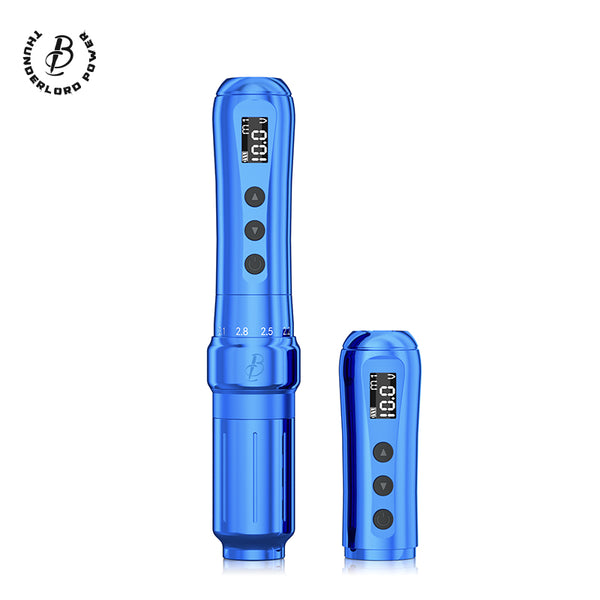When it comes to intricate and detailed work, such as fine line art or delicate crafting, having the right tools is essential. One of the key components in achieving precision and accuracy in such tasks is the handpiece. Choosing the best handpiece for fine line work can make a significant difference in the quality of your output. In this guide, we will explore the factors to consider when selecting a handpiece for fine line work.

Understanding the Importance of the Handpiece
The handpiece is the part of the tool that holds the cutting, engraving, or detailing attachment. It is the interface between the artist or craftsman and the workpiece. A good handpiece should provide comfort, control, and stability during use. It should also be compatible with a variety of attachments to allow for versatility in different types of fine line work.
Factors to Consider When Choosing a Handpiece
Ergonomics
One of the most important factors to consider when choosing a handpiece for fine line work is ergonomics. The handpiece should feel comfortable in your hand and allow for extended use without causing fatigue or strain. Look for handpieces with ergonomic designs that fit well in your hand and have features like rubber grips or adjustable handles for added comfort.
Compatibility
Another crucial factor to consider is compatibility. The handpiece should be compatible with a wide range of attachments, including fine line tips, engraving burrs, or detailing needles. This versatility allows you to switch between different tools seamlessly and adapt to various fine line work requirements.
Speed and Control
Speed and control are essential when working on fine line art or intricate designs. Look for handpieces that offer variable speed settings, allowing you to adjust the speed according to the intricacy of the work. Additionally, a handpiece with precise control features, such as a foot pedal or fingertip control, can help you achieve the desired level of detail in your work.
Durability and Maintenance
Investing in a durable handpiece is crucial for long-term use. Choose handpieces made from high-quality materials that can withstand regular use and provide consistent performance. Additionally, consider the maintenance requirements of the handpiece, such as ease of cleaning and availability of replacement parts. A well-maintained handpiece will ensure smooth operation and longevity.
Conclusion
Choosing the best handpiece for fine line work is a critical decision that can significantly impact the quality of your output. By considering factors such as ergonomics, compatibility, speed and control, and durability, you can select a handpiece that meets your specific needs and enhances your fine line work experience. Remember to prioritize comfort, versatility, and performance when making your selection to achieve the best results in your artistic or crafting endeavors.








